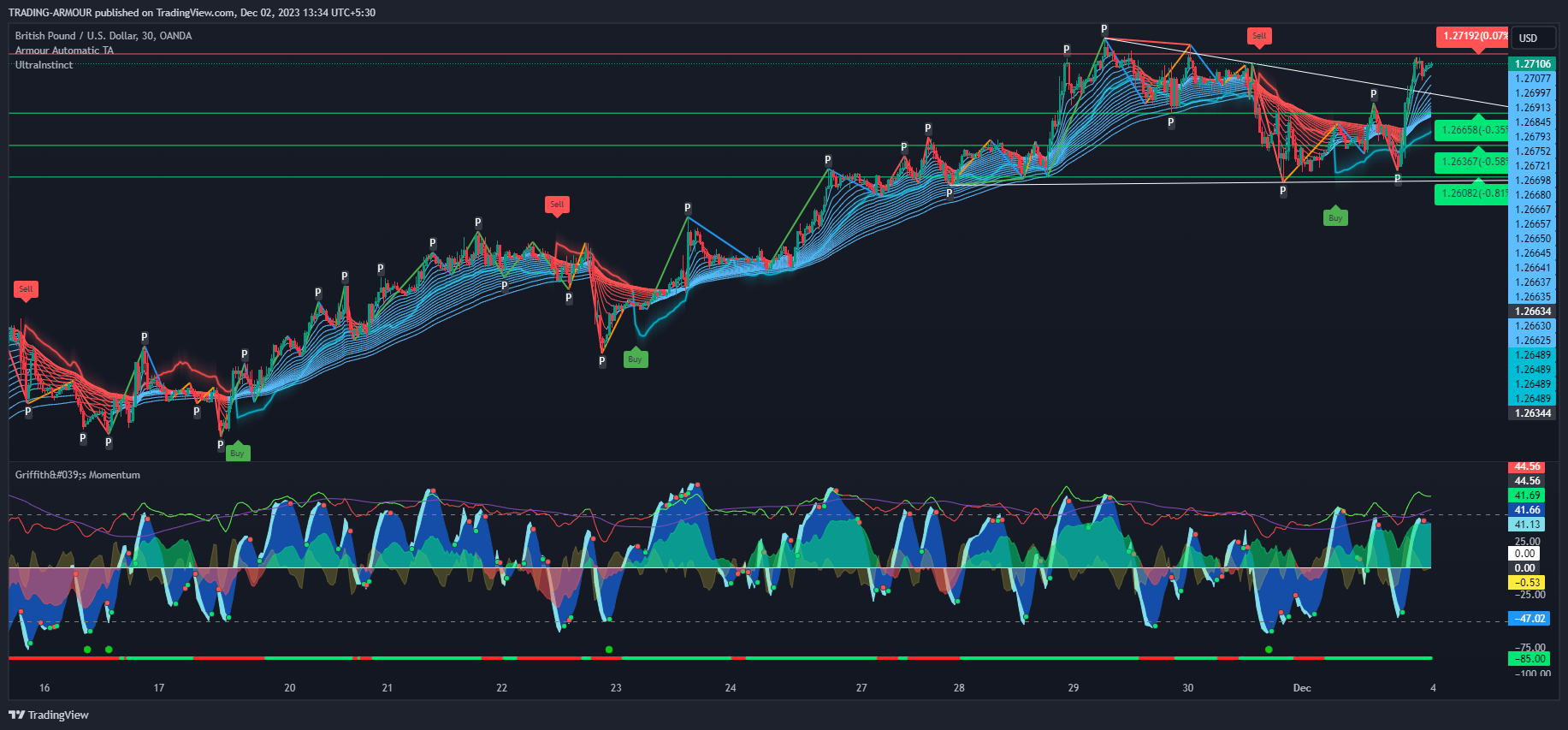In the world of finance and investment, there are several approaches that individuals can adopt to maximize their returns. This blog post aims to shed light on the main differences between day trading, swing trading, and long-term investing, providing readers with a comprehensive understanding of each strategy’s characteristics and benefits.
Difference between day trading, swing trading, and long-term investing.
1. Day Trading:
– Overview: Day trading involves buying and selling financial instruments within the same trading day, aiming to capitalize on short-term price fluctuations.
– Key Features:
– Quick buying and selling of assets
– Leveraging technical analysis and short-term market trends
– Requires active monitoring of market conditions throughout the day
– Potential for quick profits but also higher risks and volatility
Get this Automatic Signals Indicator for day trading, swing trading, and long-term investing.
visit this website to get it https://www.tradingarmour.com
2. Swing Trading:
– Overview: Swing trading aims to capture and profit from medium-term price movements typically lasting from a few days to weeks.
– Key Features:
– Trading based on technical analysis and price patterns
– Typically holds positions for a few days to several weeks
– Focuses on identifying and capitalizing on short-term market trends
– Offers potential for higher returns compared to long-term investing, but still carries moderate risk
3. Long-Term Investing:
– Overview: Long-term investing involves holding investments for an extended period, typically years or even decades.
– Key Features:
– Focuses on the fundamental analysis of investments
– Aims to build wealth gradually over time
– Emphasizes diversification and a buy-and-hold strategy
– Provides lower volatility compared to short-term trading but requires patience and a long-term view
Conclusion:
Day trading, swing trading, and long-term investing are distinct investment strategies with their own unique characteristics and considerations. Day trading offers the potential for quick profits but entails higher risks, swing trading capitalizes on short to medium-term trends, while long-term investing emphasizes a patient approach for gradual wealth accumulation. By understanding these differences, investors can make better-informed decisions and align their strategies with their personal financial goals.


